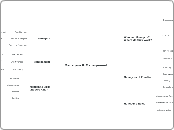von Hannah Cassell Vor 4 Jahren
243
CHAPTER 2: Getting Ready for Inquiry Instruction
In preparing for inquiry-based instruction, it is crucial to focus on various aspects of science and engineering to cultivate students' abilities in scientific inquiry. Activities that capture students'









